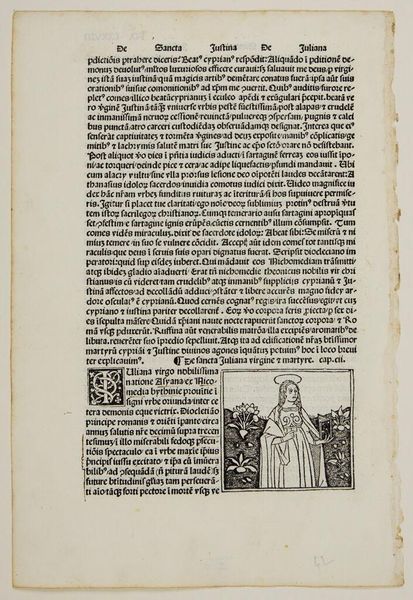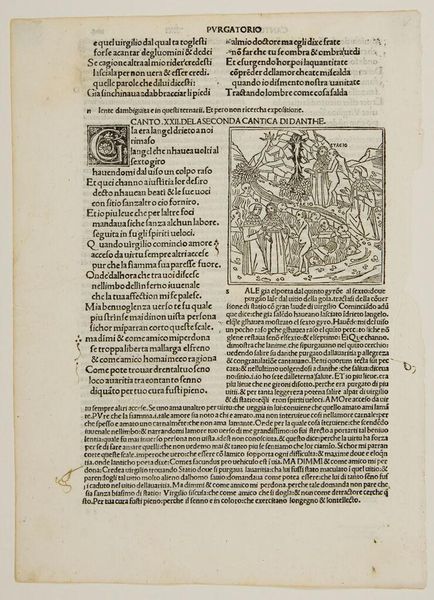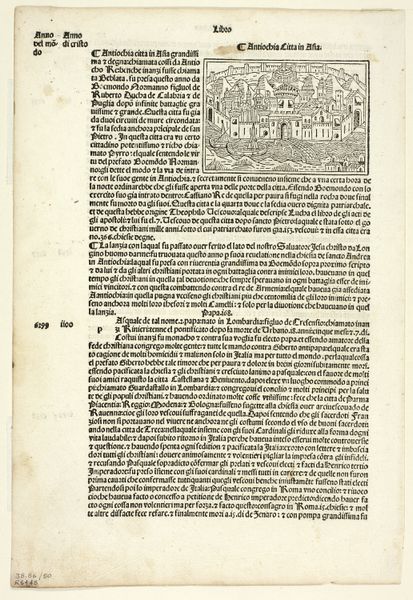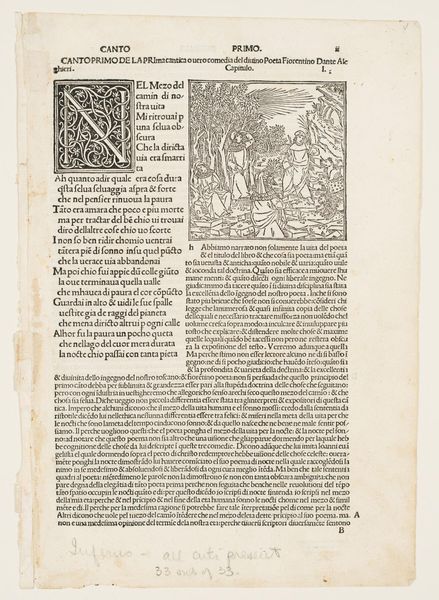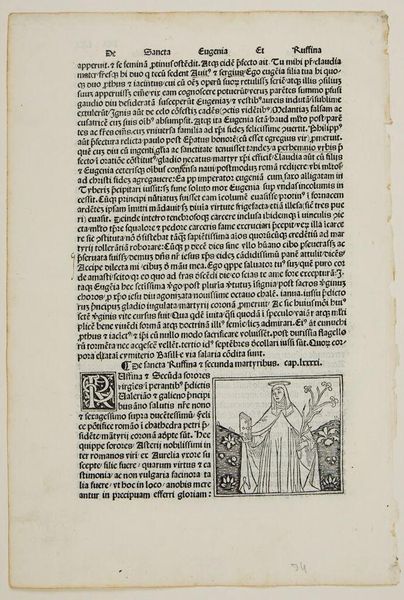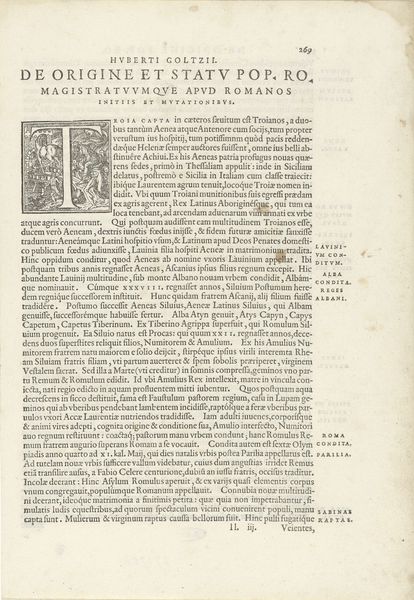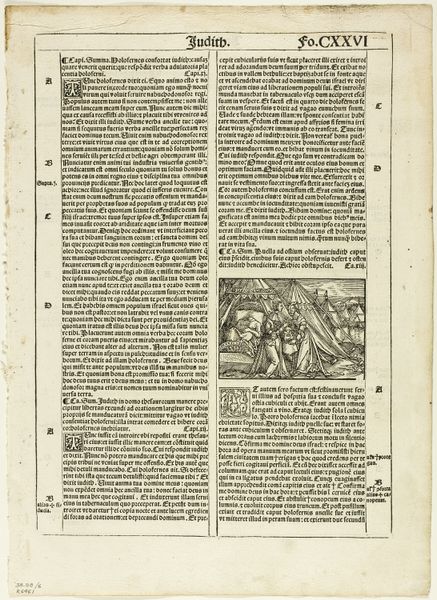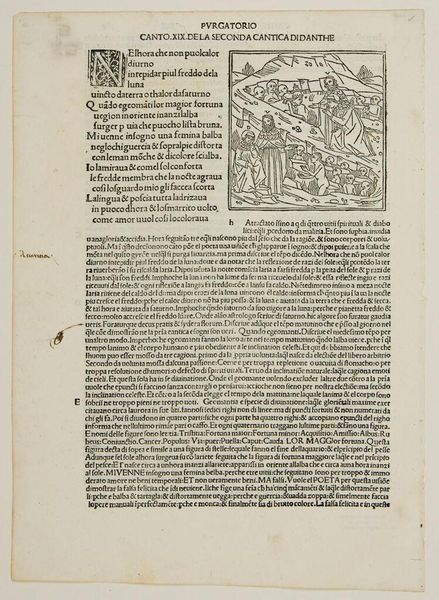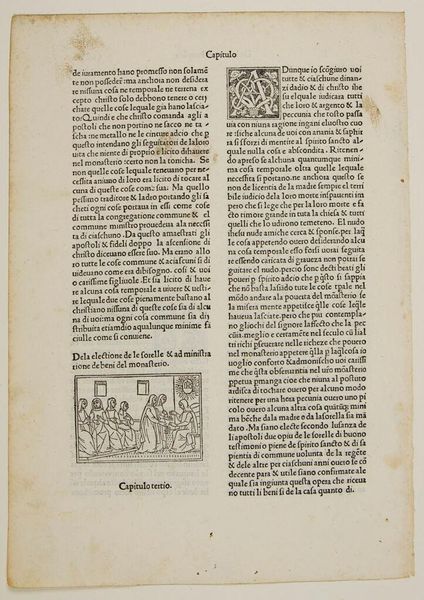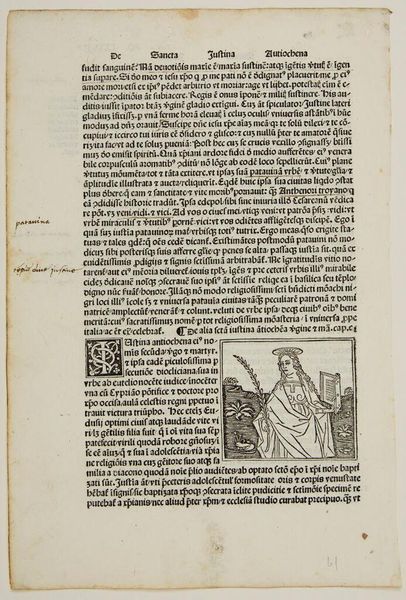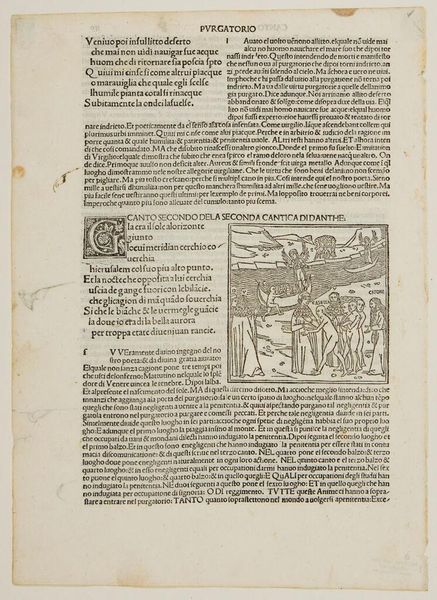
Siracusanorum Regis Interitus (The Murder of the King of the Syracusans) from T. Livius Patavinus historicus duobus libris auctus, plate 86 from Woodcuts from Books of the XVI Century c. 1520 - 1937
0:00
0:00
drawing, print, paper, woodcut
#
drawing
#
narrative-art
# print
#
paper
#
woodcut
#
history-painting
#
italian-renaissance
#
italy
Dimensions: 69 × 150 mm (image); 254 × 160 mm (image/text); 300 × 214 mm (sheet)
Copyright: Public Domain
Editor: Here we have "The Murder of the King of the Syracusans," a woodcut by Zoan Andrea, dating back to the 16th century. The chaotic energy jumps out immediately – it’s quite dramatic, with a group of figures intensely engaged in what appears to be a violent act. What strikes you about this piece? Curator: It's interesting you focus on the energy; I see a potent intersection of power, narrative, and the very act of image-making in service of historical accounts. How might we interpret this violent scene not just as a representation of regicide, but as a commentary on the instability of power itself during the Italian Renaissance? Consider that this image was created in a time of massive upheaval, social unrest, and shifting political alliances. Editor: So you’re saying the artist might be less interested in simply illustrating a historical event and more in using it to make a statement about leadership and the potential for its violent overthrow? Curator: Exactly! What are the ways in which the print medium, and its potential for mass production and dissemination, influence this artwork’s message, considering its potential audience? This wasn't simply about recording history; it was about shaping public opinion, perhaps even legitimizing certain forms of political action. The circulation of such imagery can reinforce—or challenge—existing power structures. Editor: It's fascinating to think of this woodcut not just as a historical record, but as a form of political propaganda. It gives a new layer of depth to what I initially perceived as simply a dramatic scene. I will certainly reflect more on these narratives now! Curator: Absolutely! Consider also who had access to this kind of print at the time. Its influence likely extended to those who could read the accompanying text, giving the work and those ideas added social and cultural power. Thank you; considering the perspective of its contemporary viewers and its place within a complex social and political context has expanded my view too!
Comments
No comments
Be the first to comment and join the conversation on the ultimate creative platform.
